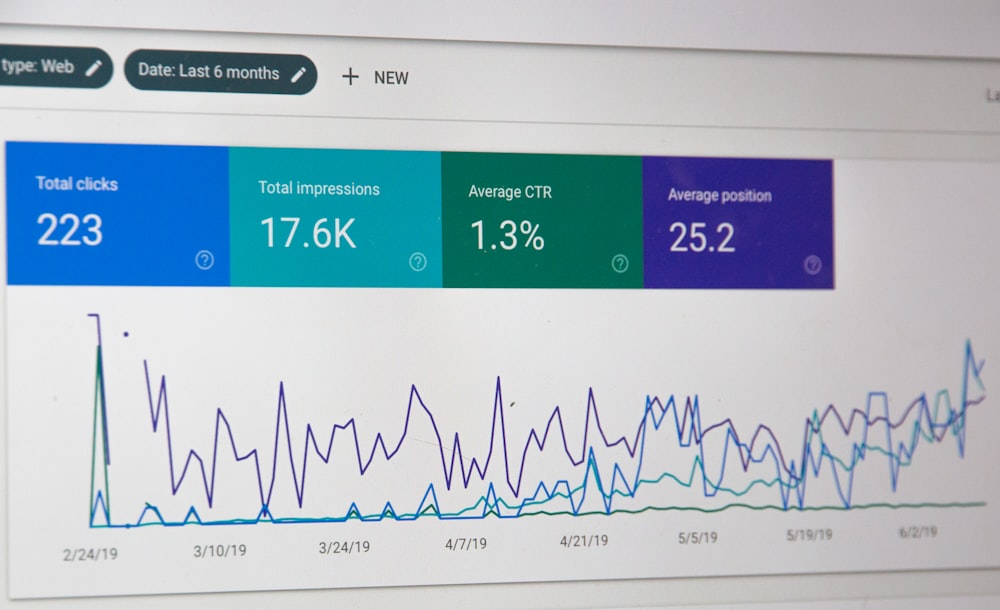Nowadays, companies and their marketing teams have a lot to keep track of. They must maintain track of the number of likes, follows, and retweets. Additionally, you should be grateful for your blessings if you are still in business following the COVID-19 epidemic. Google ranking might be challenging to monitor when you have access to over 20 social media networks only for marketing objectives. Haven’t social media platforms such as Facebook and Twitter affected how people also search for information? Is it feasible that these platforms may one day supplant Google? Is it possible to rank higher on Google in 2022 with organic efforts?
According to Statista, Google receives an estimated 86 billion monthly visits. While Facebook is believed to have 20 billion monthly visits, Instagram and Amazon each have an estimated 4 billion. Google was the most viewed website on the planet for the greater part of the last decade.
How to Rank Higher on Google in 2022?
Here are 10 successful and easy hacks to rank higher on Google with high-quality backlinks.
-
On-page SEO
In 2022, on-page SEO will continue to be one of the most effective techniques to improve your Google search engine results. It’s quick and easy to do, and you’ll notice results right away. When it comes to your website’s content, “optimization” applies to anything from headlines and page titles to photos and videos. Off-page SEO, on the other hand (which is just as essential), is concerned with making your site more relevant to search engines, such as by obtaining more backlinks.
On-site SEO may be improved by following these guidelines:
- Title tags should begin with your targeted keywords.
- Make an effort to provide more in-depth information (aim for at least 1,800 words)
- Two to three times a page, include your key phrase (keyword stuffing will get you the opposite result)
-
Build inbound links inside your own network
In addition to the value of backlinks, you should focus on developing internal linkages as well. An internal link is a hyperlink that points to a page on the same domain as the current one. It’s all about helping Google locate and index your web pages, in a nutshell.
Using internal links allows you to use anchor text that perfectly matches the content. As a result, you don’t need to rely on any other third-party websites to make them. Internal links should be placed at the top of the page, if possible. As a result, your bounce rate might be reduced (and by improve, we mean lower, but more about this later).
-
LSI keywords should be utilized.
It is possible for a search engine like Google to better comprehend a page’s content through the use of LSI keywords (also known as latent semantic indexing). But they aren’t synonyms in the strictest sense; rather, they’re near relatives of your primary keyword.
-
Utilize “EA-T.”

Google E-A-T is a three-letter acronym that can help you with your new year’s resolutions and SEO. The phrase encompasses expertise, authority, and trust. Google considers these three elements while calculating your website’s ranking potential. Your website’s emphasis on so-called YMYL concerns accentuates this point (aka your money or your life). This section covers a variety of subjects, including medical, legal, safety, and financial.
-
Make sure that you have a lower bounce rate.
Search engines penalize websites if users land on a page of your site, browse about it for a few seconds, then immediately return to the search results page. This tells Google that people aren’t impressed with your website, which is bad news. Users who leave your site more frequently are more likely to return.
Having a low bounce rate not only helps your search ranking but also gives your customers and potential customers more time to get to know your business. Isn’t this, at the end of the day, what you want?
-
Achieve a higher click-through rate.
Rankings are crucial, but you should also pay attention to the volume of organic visitors coming to your site. After all, what good is it if your intended audience finds your website through an internet search but never really visits it? Monitoring your click-through rate is essential for this reason.
Metadata such as URLs and descriptions that display below search results can help you increase click-through rates. It may seem trivial, but if this information appears useful and reliable, your click-through rate will increase, which in turn will improve your search engine rankings.
URLs that are more concise yet informative tend to be more successful. Don’t be afraid to appeal to the emotions of your readers in your title tags. This is one of the few opportunities you have to persuade them to click on your link.
-
A Google My Business Profile should be set up.
Having a Google My Business profile might help a company rank higher in local searches on Google. To put it simply, a Google My Business account allows you to choose how your business appears in Google products like Search and Maps.
The best thing you can do is double-check that all the data of your company are correct and thorough. Reliability and popularity are important factors, according to Google’s help page.
A well-organized and relevant Google My Business profile can help Google better match your profile with relevant queries. Also, if your business has a lot of Google reviews, it might assist in improving your Google local ranking.
-
It’s time to take a critical look at your brand and content.
It’s not only your website’s content that influences your search engine rankings. As previously established, Google’s E-A-T score considers whether or not customers can put their faith in your company. Are you perceived as a subject matter expert? The quality of your material is critical, but if your branding isn’t consistent, it won’t be of much use.
Also, although developing new content is a top priority, don’t neglect to audit the content you already have. It’s best to remove an earlier post if your current level of knowledge or standards has outgrown it. Is it possible that your target audience’s demands have evolved? When it comes to keeping material on your website, don’t do it just because you believe it will make you appear more impressive. Similar to many other aspects of life, quality should not be sacrificed for quantity.
-
Keep a record of your accomplishments.
In addition to frequently auditing your brand and content, you should also keep an eye on your search engine optimization (SEO) outcomes. No direct benefit to your SEO (Google isn’t aware of this step), but what’s the purpose if you have no idea how many organic visitors are coming to your site? As a bonus, this allows you to double-check that you’re indeed ranking for the keywords you’re targeting.
Does the increased traffic result in an increase in consumers and revenue? SEO takes time and work, and you won’t know where to make adjustments or if it’s worthwhile until you measure your results.
-
Seeking the advice of professionals.
Despite the fact that you’ll be more likely to outsource more technical aspects like mobile optimization and web page performance, this doesn’t indicate that you should outsource anything else. A freelance content writer or a UX designer can help you with any other part of your project that you feel you need assistance with. Here, we’re referring to your online persona and how you want to present yourself. A lot is at stake here.





